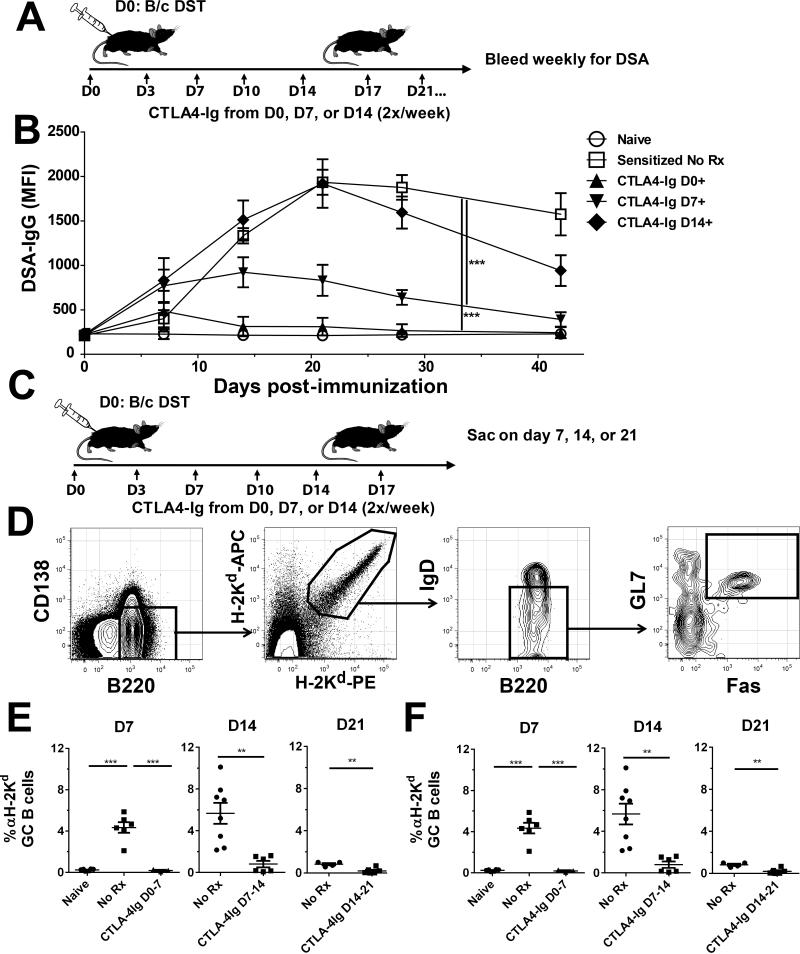Figure 1. CTLA4-Ig treatment delayed until day 14 post-immunization collapsed established germinal center B cell responses.
A, Diagram of experimental protocol. C57BL/6 mice were given 20×106 BALB/c splenocytes injected subcutaneously at each limb at day 0, followed by CTLA4-Ig given twice weekly starting on day 0, 7, or 14. B, Donor-specific IgG antibodies (DSA-IgG). Serum samples were incubated with BALB/c splenocytes, then stained with rabbit anti-mouse IgG and anti-B220 to exclude B cells. Data from 2 independent experiments (N=8/group) are presented as the mean fluorescence intensity (MFI) on non-B cells. C, Diagram of treatment method for GC analysis. C57BL/6 mice sensitized with BALB/c splenocytes on day 0, were treated with CTLA4-Ig from day 0, 7, or 14 and sacrificed after 7 days of treatment. D, Example gating strategy for GC B cells, showing gating on B220+ B cells, H-2Kd-binding, IgDlo activated B cells, and Fas+GL7+ GC B cells. E&F, Quantification of GC H-2Kd-binding B cells. Pooled spleens and axial, brachial, and inguinal LNs were harvested on day 7 post-treatment in mice given CTLA4-Ig at day 0, 7, or 14 post-sensitization along with untreated controls. The percentage of activated IgDlo Fas+GL7+ GC B cells among the H-2Kd-binding population and their total number of are shown. Data pooled from 3 independent experiments (N=5-8/group) are presented; and statistically significant differences are indicated (*p<0.05, **p<0.01, ***p<0.005).

